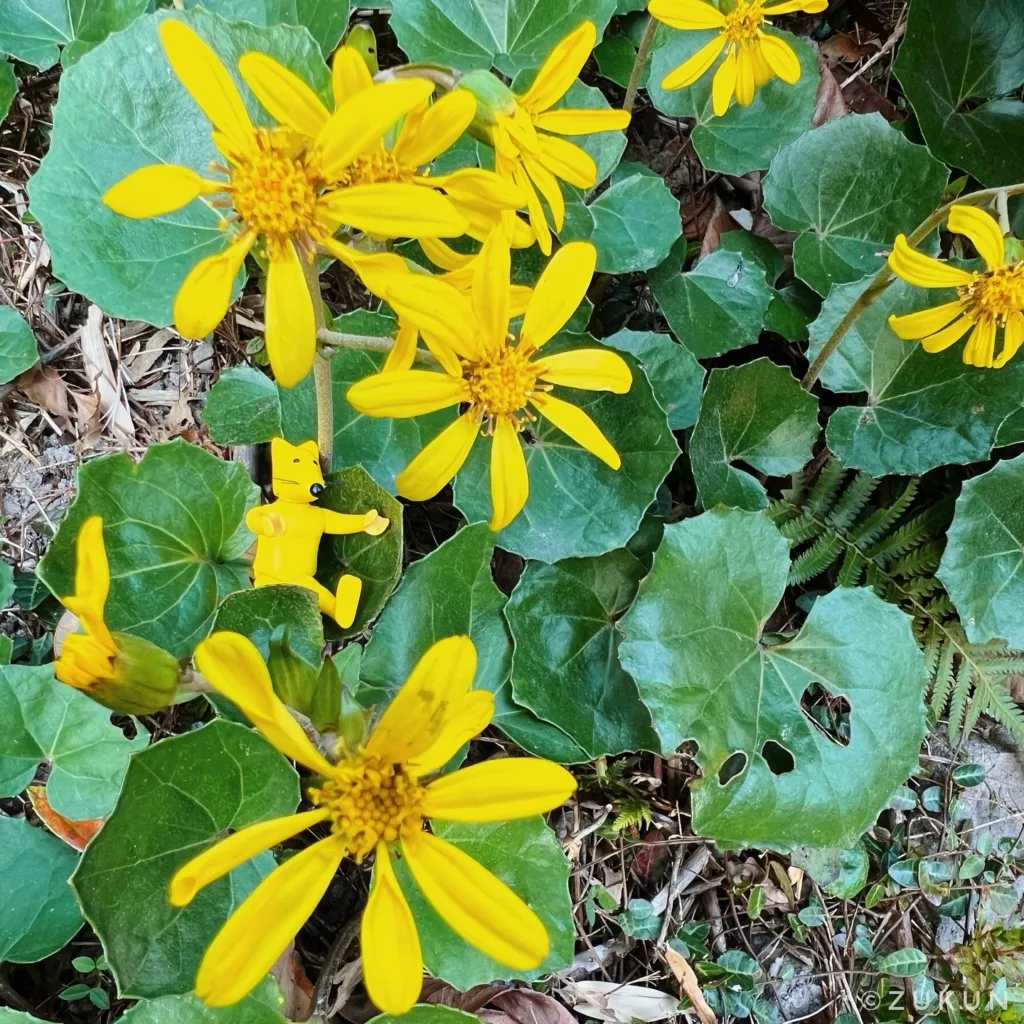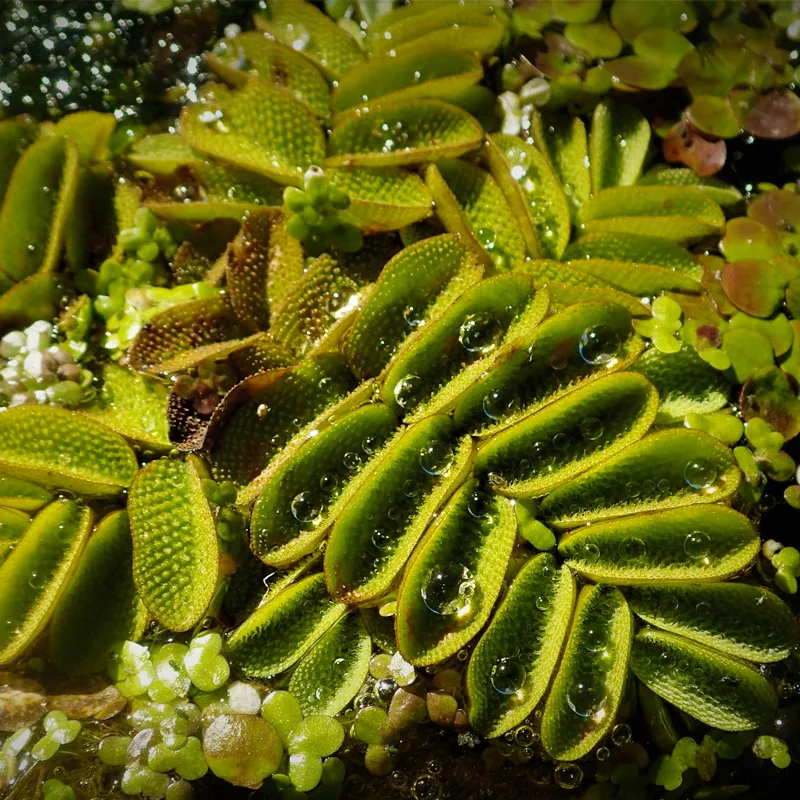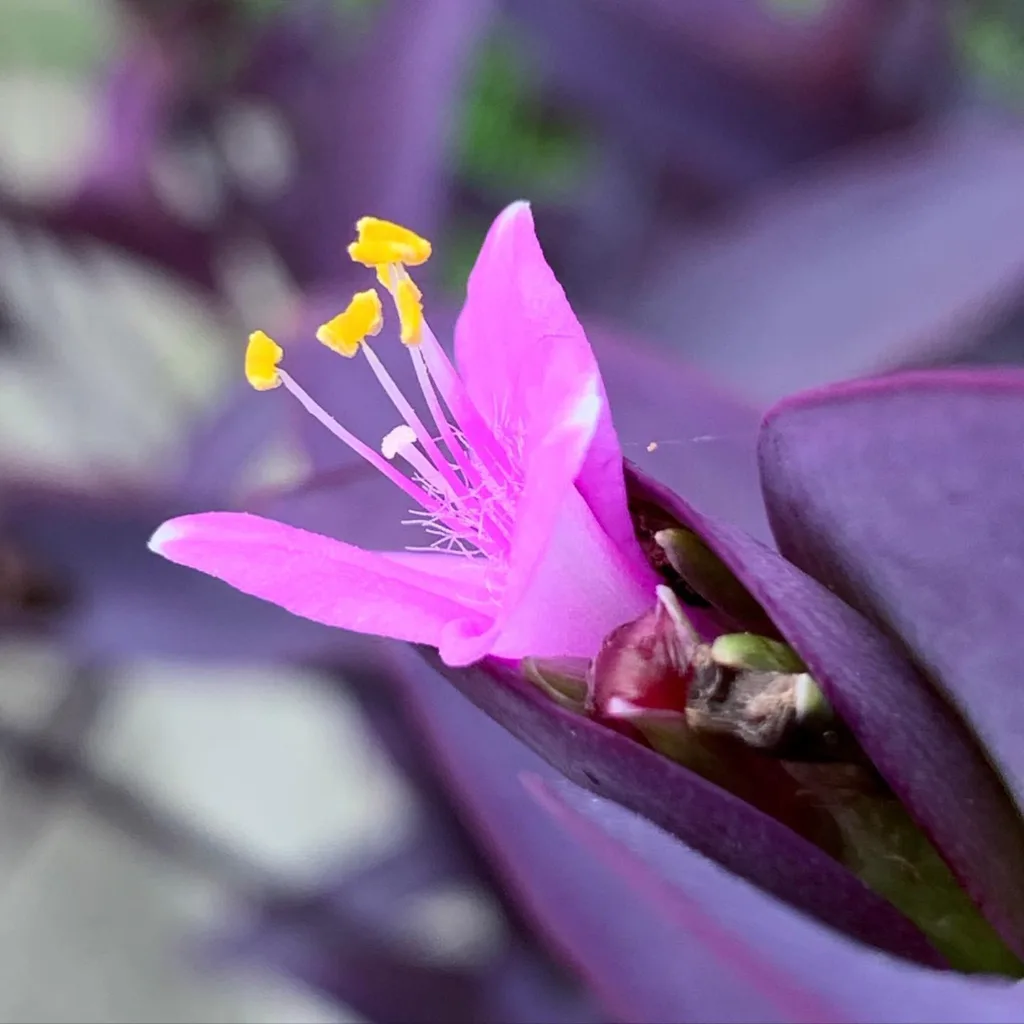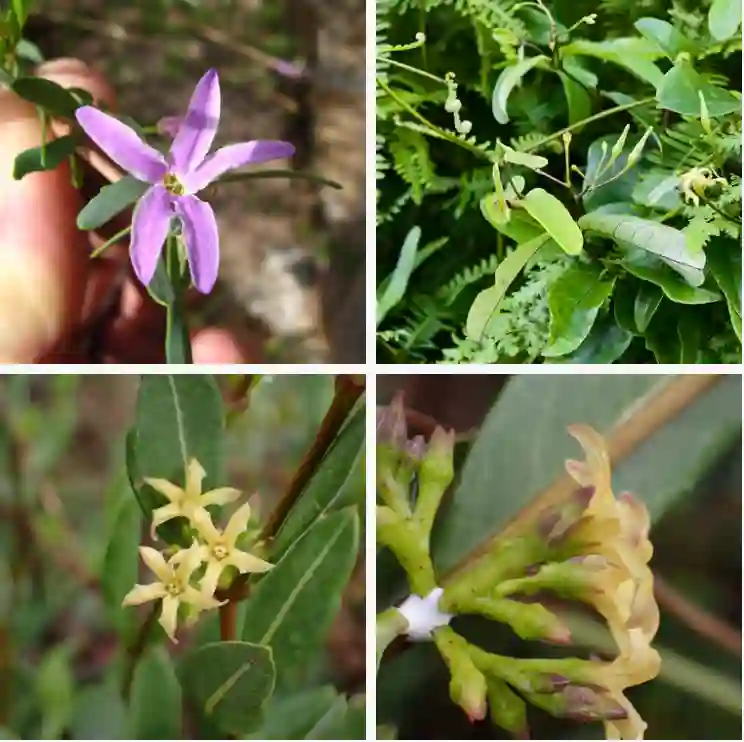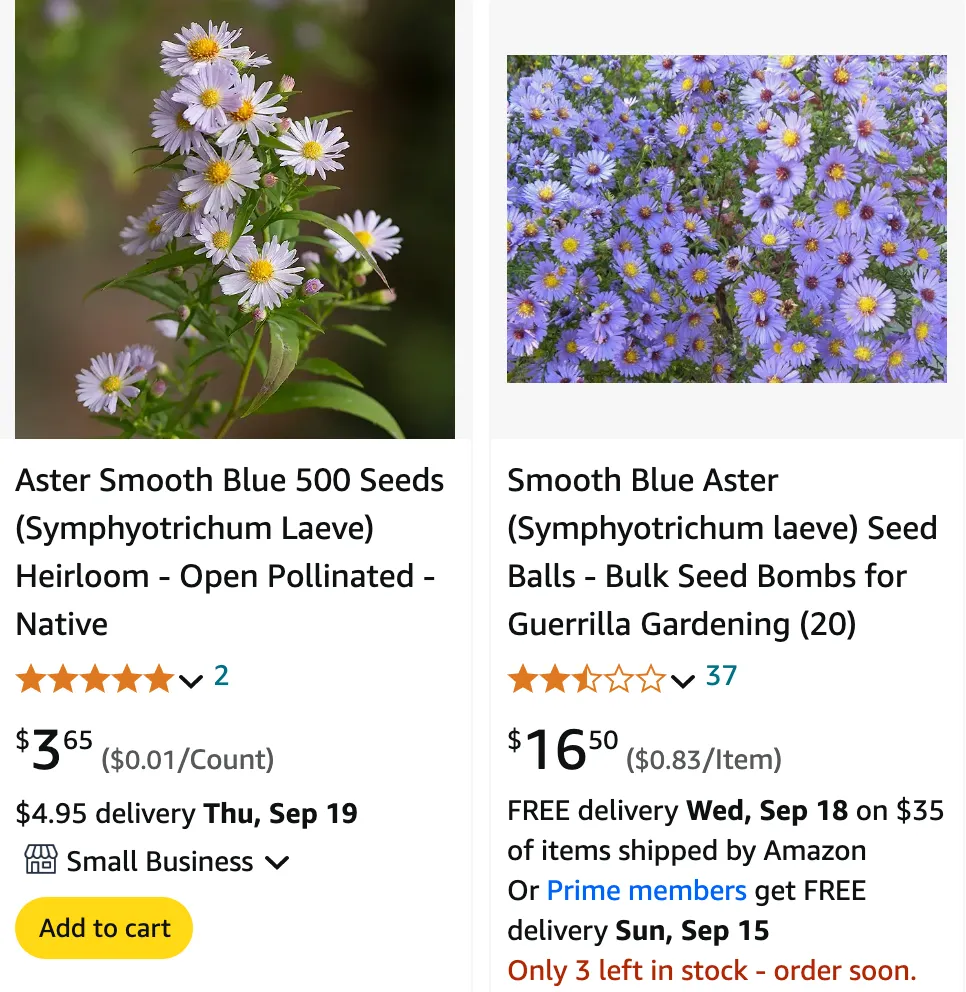
Symphyotrichum Laeve FAQs: A Comprehensive Guide
As someone deeply passionate about gardening and plant care, I’ve spent quite a bit of time getting to know Symphyotrichum Laeve, commonly known as the Smooth Aster. In this article, I’ll share answers to frequently asked questions about this beautiful perennial, covering everything from its basic care to how it compares with other plants. Whether you’re a seasoned gardener or just starting out, this guide will help you understand and care for Symphyotrichum Laeve with confidence.
114 Species in Genus Symphyotrichum
What is Symphyotrichum Laeve?
Symphyotrichum Laeve is a perennial flowering plant native to North America. It’s known for its charming, daisy-like blooms that appear in late summer to fall. The plant typically grows to about 2 to 3 feet in height and has a spread of 1 to 2 feet. It features lance-shaped leaves and produces an abundance of small, purple or blue flowers that attract pollinators like bees and butterflies. The Smooth Aster is admired for its ability to add color to the garden as other plants begin to fade.
How to Care for Symphyotrichum Laeve?
Caring for Symphyotrichum Laeve is relatively straightforward, making it a great choice for both novice and experienced gardeners.
1. Light Requirements: Smooth Aster thrives in full sun to partial shade. For the best flowering, plant it in a location where it receives at least six hours of direct sunlight each day.
2. Soil: This plant prefers well-drained soil with a neutral to slightly acidic pH. While it can tolerate a range of soil types, it performs best in rich, loamy soil.
3. Watering: Regular watering is essential, especially during dry periods. Aim to keep the soil consistently moist but not waterlogged. Once established, Symphyotrichum Laeve is somewhat drought-tolerant.
4. Fertilizing: Feed the plant with a balanced, all-purpose fertilizer in early spring to encourage robust growth and flowering. Avoid over-fertilizing, as this can lead to excessive foliage growth at the expense of blooms.
5. Pruning: Deadhead spent flowers to prolong the blooming period and promote a tidy appearance. In late fall, after the growing season ends, cut back the stems to the ground to prepare the plant for the next year.
How to Propagate Symphyotrichum Laeve?
Propagating Symphyotrichum Laeve can be done through division or seed sowing.
1. Division: In early spring or late fall, dig up the plant and divide the root ball into several sections, each with healthy roots and shoots. Replant the divisions in well-prepared soil, spacing them about 18 inches apart.
2. Seed Sowing: You can also propagate Smooth Aster by sowing seeds directly in the garden after the last frost or indoors about 6 to 8 weeks before the last expected frost. Lightly cover the seeds with soil and keep them moist until they germinate.
What to Plant With Symphyotrichum Laeve?
Symphyotrichum Laeve pairs well with a variety of other garden plants, creating a vibrant and diverse landscape.
1. Grasses: Ornamental grasses like Panicum virgatum (Switchgrass) or Miscanthus sinensis (Maiden Grass) provide a contrasting texture and can enhance the visual appeal of Smooth Aster.
2. Other Perennials: Combine it with late-blooming perennials such as Echinacea (Coneflower) or Rudbeckia (Black-eyed Susan) for a colorful and long-lasting garden display.
3. Shrubs: Low-growing shrubs like Salvia nemorosa (Meadow Sage) or Lavandula angustifolia (Lavender) work well with Smooth Aster, adding both color and fragrance to your garden.
Is Symphyotrichum Laeve Toxic?
Symphyotrichum Laeve is not known to be toxic to humans or pets. It’s a safe choice for gardens where children or animals play. However, as with any plant, it’s always wise to keep an eye on pets and children to ensure they don’t consume large quantities of plant material.
Benefits of Growing Symphyotrichum Laeve
1. Attracts Pollinators: The bright flowers of Symphyotrichum Laeve are a magnet for bees, butterflies, and other beneficial insects, making it a great choice for pollinator-friendly gardens.
2. Long Blooming Period: Its ability to flower from late summer through fall extends the color in your garden when many other plants are finishing their bloom cycle.
3. Low Maintenance: Once established, it requires minimal care, making it an excellent option for busy gardeners or those looking for a hardy, dependable plant.
Common Problems with Symphyotrichum Laeve
1. Powdery Mildew: This fungal disease can cause a white, powdery coating on the leaves. To prevent it, ensure proper spacing between plants for good air circulation and avoid overhead watering.
2. Aphids: These small insects can sometimes infest the plant, sucking sap and potentially causing leaf distortion. Regularly inspect the plant and use insecticidal soap if necessary.
3. Overwatering: Too much water can lead to root rot. Ensure proper drainage and avoid letting the plant sit in waterlogged soil.
Comparing Symphyotrichum Laeve with Similar Plants
1. Symphyotrichum Novae-angliae (New England Aster): Both plants are late-blooming asters, but Symphyotrichum Novae-angliae tends to be taller and has more of a bushy growth habit compared to the smoother, shorter Symphyotrichum Laeve.
2. Symphyotrichum Oiboreum (Northern Bush Aster): This species is known for its slightly larger flowers and more aggressive growth compared to Symphyotrichum Laeve, which is more compact and easier to manage.
By understanding these aspects of Symphyotrichum Laeve, you can make informed decisions about incorporating this charming plant into your garden. Whether you’re adding it for its beauty, its ecological benefits, or its low-maintenance qualities, the Smooth Aster is a fantastic addition to any garden landscape.
If i die, water my plants!
